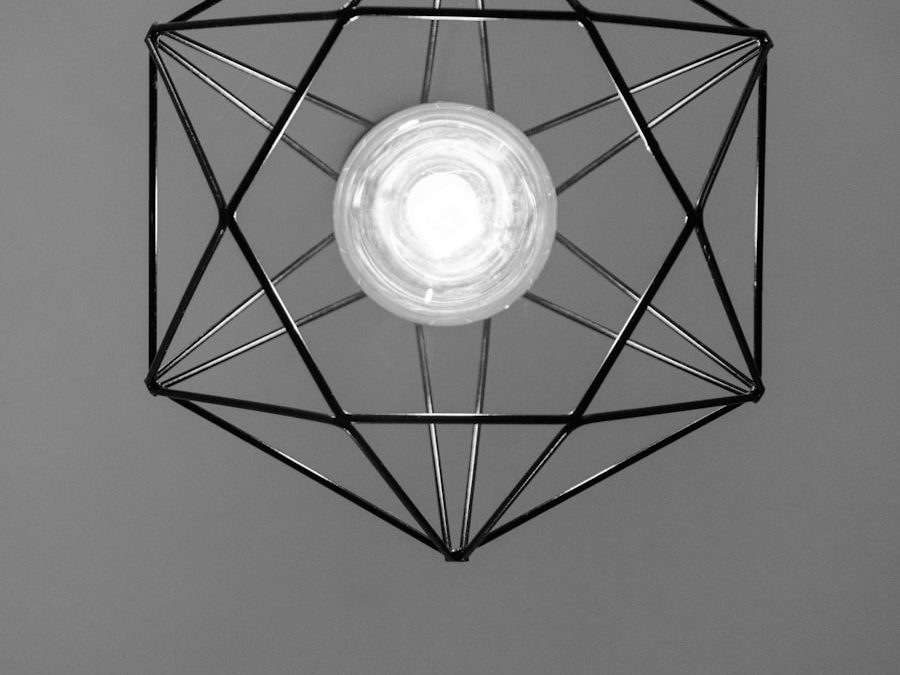The Electrifying Mystique of Orb Lightning: An Enigmatic Natural Phenomenon
Introduction
Orb lightning, also known as ball lightning, is a fascinating and elusive phenomenon that has puzzled scientists and the general public for centuries. It is characterized by the appearance of glowing spheres that move erratically and silently through the air, sometimes lasting for several seconds, and has been reported to occur during or after thunderstorms, earthquakes, and volcanic eruptions. Despite numerous eyewitness accounts, technological advances, and research efforts, orb lightning remains poorly understood and often dismissed as a myth or hallucination. In this article, we will delve into the history, science, and controversies of orb lightning, and explore some of the most intriguing theories and observations.
History and Folklore
The earliest recorded descriptions of orb lightning can be traced back to ancient times, when people saw fiery balls flying through the sky and interpreted them as omens, signs of supernatural or divine events, or manifestations of spirits, demons, or witches. In Chinese, Japanese, Indian, and European mythology and folklore, orb lightning was associated with lightning gods, dragons, phoenixes, fairies, and ghosts, and was believed to have various effects on human health and destiny, such as causing blindness, madness, or death, or bringing good fortune, healing, or protection. Some famous literary works also featured orb lightning, such as Shakespeare’s “The Tempest”, Dante’s “Inferno”, and Jules Verne’s “Journey to the Center of the Earth”. However, these accounts were mostly anecdotal, subjective, and lacked scientific validation.
Scientific Studies
It was not until the late 19th century that orb lightning began to receive serious attention from scientists, who sought to explain its physical properties and mechanisms. However, the rarity, unpredictability, and hazardousness of orb lightning made it difficult to observe and measure in natural conditions, let alone reproduce in laboratories. Moreover, the variety and inconsistency of reports made it hard to distinguish between orb lightning and other phenomena, such as ball plasma, globular lightning, St. Elmo’s fire, or hallucinations. Nonetheless, some researchers managed to collect and analyze some data and evidence, and formulated some hypotheses and models.
One of the earliest scientific studies of orb lightning was conducted by the British astronomer William Henry Dines in 1898, who observed and recorded several instances of yellowish-white globes moving through his observatory and speculated that they were “luminous eddies” caused by the electromagnetic fields of electrical discharges. His theory was further refined by the American physicist Richard G. Gibson in 1934, who proposed that the orbs were composed of ionized oxygen and nitrogen molecules that had condensed and formed a plasma ball. He also suggested that the sudden appearance and disappearance of the plasma ball could create a magnetic field that would attract or repel nearby objects, such as metal or glass. However, his theory was criticized for not explaining how the plasma ball could maintain its shape and energy for long periods of time, or how it could avoid dissipating in the atmosphere.
In the following decades, more scientists attempted to explain orb lightning by different approaches and techniques, such as spectroscopy, radar, photography, and computer simulations. Some of their findings indicated that orb lightning could emit various colors and intensities of light, ranging from blue, green, red, and white, and that it could move at different speeds and trajectories, sometimes hovering or bouncing off surfaces. They also suggested that it could interact with the environment and affect the chemical composition and temperature of the air, producing smells, noises, or heat. However, none of these studies could provide a conclusive or comprehensive explanation of what caused and how orb lightning operated.
Controversies and Perspectives
As orb lightning remained a mystery and a source of fascination, it also generated some controversies and debates among scientists and the public. Some critics accused the researchers of lacking rigor, consistency, and verifiability in their methods, and of relying too much on anecdotal evidence or subjective perceptions. They argued that orb lightning was either a misinterpretation of mundane phenomena, a rare and random occurrence of natural electrical discharge, or a psychological or cultural projection of people’s fears, beliefs, and desires. Others defended the legitimacy and importance of studying orb lightning, highlighting its potential applications in fields such as meteorology, plasma physics, or energy production, or its significance as a rare and intriguing manifestation of the natural world.
Overall, orb lightning remains a mysterious and enigmatic phenomenon that challenges our understanding and imagination of the universe. It invites us to explore and appreciate the wonders and complexity of nature, and to question and refine our scientific and cultural knowledge. Whether orb lightning is a supernatural or a natural occurrence, a danger or a blessing, a myth or a reality, it still captivates our curiosity and inspires our creativity.



